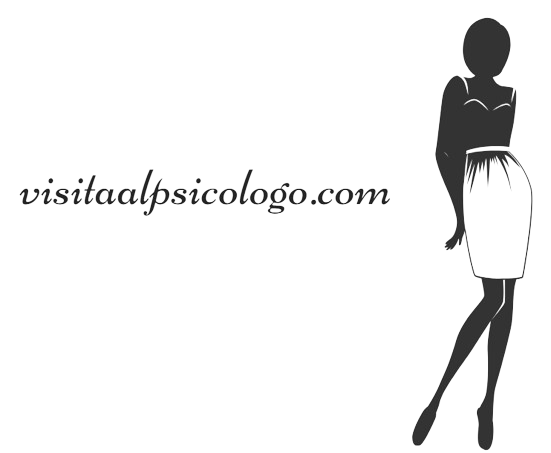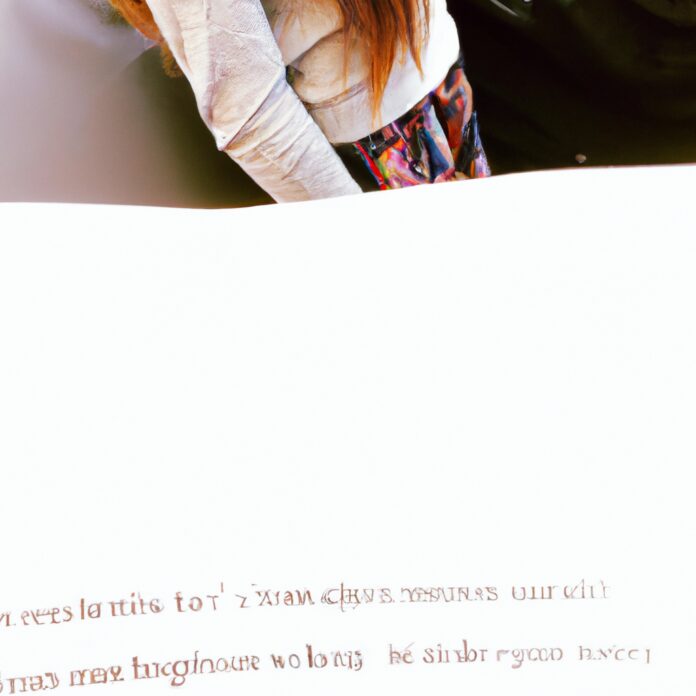Fashion is one of the most reflective looks into culture and society. It captures the trends, movements, and most importantly, the attitudes of a given era. Analyzing fashion in terms of social and cultural trends can give us interesting insight into today’s changing world. In this article, we will be exploring how fashion plays a role in cultural understanding and why it impacts the attire we choose to wear. So join us as we take a deeper look into the world of fashion and talk about how it influences our modern world.
1. Exploration of Fashion Talk: An Overview
Fashion talk has been slowly permeating the airwaves, but what does it mean exactly? Let’s look into what fashion talk is and who is leading the conversations.
Fashion talk is simply conversations around the ever-evolving fashion industry. It covers runway looks, innovations, celebrity trends, and more. The talk is split into two main categories when it comes to industry professionals and consumers. Brands often use fashion talk to directly engage with their target market and build consumer loyalty. Consumers can join in these conversations to learn what they’re interested in and give their two-cents on the topics.
Within fashion talk, an array of topics can be discussed. From fashion trends that have women standing in line to shop a new dress, to debates around materials used to produce clothing. Even the people who influence the trends in fashion are brought into the conversations. And the best part, is that fashion talk isn’t limited to one platform, Twitter, Instagram, and YouTube are the most popular, but fashion blogs, podcasts, and virtual events are rising in popularity.
- Social media influencers
- Instagram models
- Celebrity fashion
- Luxury trends
- Hip hop fashion
The list is endless when it comes to fashion talk. The vibrant energy of the conversations and debates surrounding fashion keeps it growing and forever evolving. For the most part, everyone can take part in the conversation, as long as they can provide insight and knowledge. The bottom line is, fashion talk is growing and everyone is invited to join in, as long as they stay informed and contribute positively.
2. Analyzing Social and Cultural Trends in Clothing
Clothing is more than just a way to cover up and keep warm; it is a powerful form of self-expression and has become a way to interact with society as well. can allow us to gain insight into the values of a particular community.
Globalization of Trends – Social media has created a global platform for people to explore new trends, creating a trend cycle that is continually evolving. Everyone has been influenced by the long reach of our interconnected world. Access to resources and sharing of fashion ideas has influenced tastes worldwide.
Consumerism – Clothing has become a commodity; it is produced more cheaply with the advances in technology, making it accessible to the masses. This overwhelming availability of options has changed the way that people consume and view fashion.
Diversity and Inclusion – Communities are looking to celebrate diversity and inclusion, exploring the idea of true representation. This has created a wave of positive change, embracing diversity through body positivity, disability awareness, gender fluidity, and celebrating various cultures.
Expression Through Clothing – As people become more involved in the world around them, clothing is being used to express political and social views. Through the use of witty slogans and graphics to bold statement pieces, it has become a creative canvas for individuals to express their values.
- Globalization of trends
- Consumerism
- Diversity and inclusion
- Expression through clothing
No matter how trends change, clothing has become a mode of communication for many individuals, providing an outlet for self-expression and reflection of the times.
3. Sociological Implications of Changing Fashions
The ways in which people use fashion to define their individual identities can have major sociological implications. As trends come and go, next season could mean a completely different style. It’s a phenomenon that has led to new ways of thinking and fascinating insights into how society views itself, and how this view changes with fashion trends. Here we explore three key sociological implications of changing fashion.
Labelling, Social Norms, and Consumerism
To many, fashion is more than an expression of one’s individual identity – it’s also a way of communicating with the rest of the world. People may identify with a specific style because it allows them to express their inner self and form connections with like-minded individuals. However, it can also be used to differentiate between different social groups, e.g. punk style can signify rebellion and non-conformity, while designer clothes may be associated with wealth or status.
In a culture that’s so heavily influenced by the latest trends, conformity is often associated with the idea of “fitting in”. Therefore, those who choose not to follow the fashion bandwagon may be perceived as socially isolated or excluded. This can lead to social pressure and exclusion from certain social groups, which can lead to social anxiety or feelings of low self-worth. Finally, few people can ignore the influence of consumerism when it comes to fashion. As trends change, people with more disposable income are more likely to take advantage of current styles and purchase new items on a regular basis.
Gender Roles and Diversity
Fashion can be used to challenge gender stereotypes. As trends come and go, we see more and more people breaking away from traditional gender roles in their fashion choices. Men’s clothing has shifted away from the classic suit and tie look, towards more relaxed styles such as athleisure or streetwear fashion. Women, on the other hand, have become less restricted by their clothing choices. The emergence of the unisex trend and other trendy clothing items has made gender-specific features less of a necessity in the fashion industry.
The lack of gender-specific clothing lines leads to more creative and diverse fashion trends that offer people the chance to express themselves in unique ways. This opens up the door to fashion trends that reflect a person’s backgrounds and cultures, allowing people of all backgrounds to embrace fashion and use it to express themselves. Furthermore, the fashion industry is progressing towards inclusivity and diversity – from sizes to colors and textures, fashion is making sure that everyone is equally represented.
Political messages and protests
As more people become aware of the power of fashion, more people are using it as a form of protest or expression. For instance, last year we saw plenty of people wearing t-shirts with political messages or slogans advocating for social change. Alongside this, many people also used sustainable fashion to express their environmental concerns. This is an important way for people to make their voices heard, and to take a stand for what they believe in.
The growing influence of fashion also empowers people aesthetically, allowing them to appropriately interface with certain topics they care about. This is a great way to create positive change, as it addresses issues from the grassroots level. Society is now starting to recognize fashion not just as a means of self-expression, but as a powerful tool for protest and positive change.
4. Crafting a Forward-Looking Perspective on Our Changing Styles
As fashion trends evolve and change, it’s helpful to keep a forward-looking perspective of our ever-shifting styles. While sartorial choices come down to personal preference, this overall framework should serve as guidance for honing in on a unique and tasteful approach with current fashion.
First off, it’s important to stay abreast of what’s in vogue. Regularly browsing through fashion magazines and blogs should help up the ante. However, what works for one person may not necessarily suit the next – so it’s key to take the counsel from these sources then tailor the tips to fit one’s own personal tastes.
It’s also beneficial to ire the same wardrobe staples. While seasonal pieces offer plenty of style interest, it’s smart to develop a core wardrobe of timeless and classic items too. Think a LBD, a simple trench, and other classic pieces that can be accessorized in various ways.
Then, when it comes time to update one’s wardrobe, keep eco-friendly materials in mind. If shopping fast fashion, opt for goods of quality – materials that offer durability and comfort against other pieces that may only have one season of wear. Additionally, consider pieces made of natural materials like cotton, bamboo and hemp that are produced with less of an environmental impact.
- Make sure to mix up textures for throat-grabbing visual interest. Play with different fabrics, edgy detailing, and luxurious knits.
- Go head-to-toe in the same color scheme for a monochromatic look that packs plenty of impact.
- Remember to have fun! Experimenting with daring trends, mixing high-low pieces, and raiding the vintage bins will make the endeavor much more enjoyable.
Fashion Talk: Analyzing Social and Cultural Trends in Clothing has opened the door to an arena of boundless possibility and creation. It encourages us to explore our imaginations and to recreate the way we view fashion through a lens of inclusivity, sustainability, and expression. As the fashion world evolves, so too should our dialogue. Let’s continue to expand our ideas, innovations, and projections to create a dynamic and exciting culture we can be proud to call our own.




